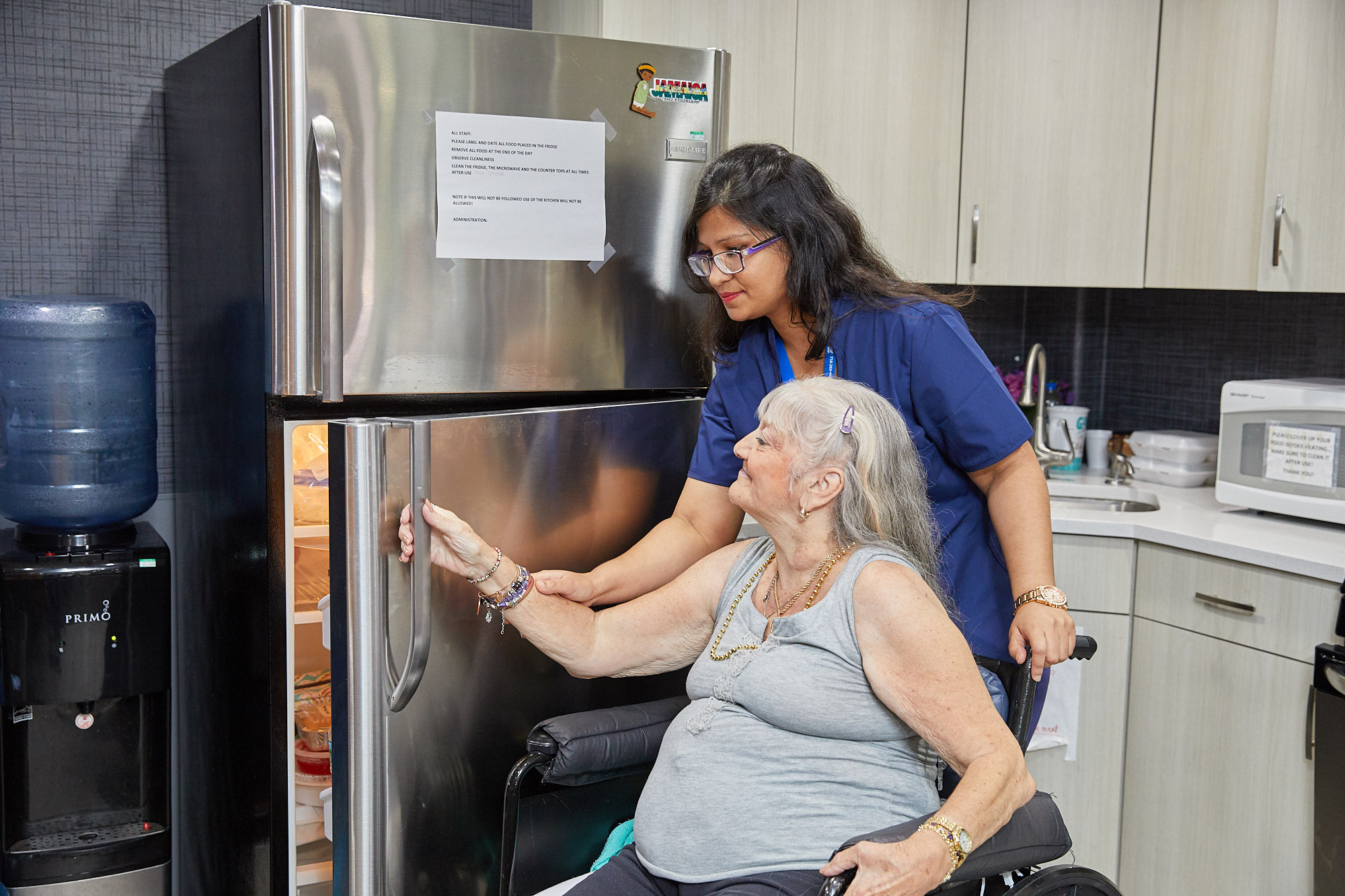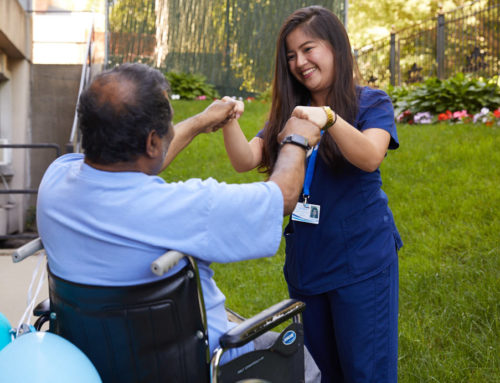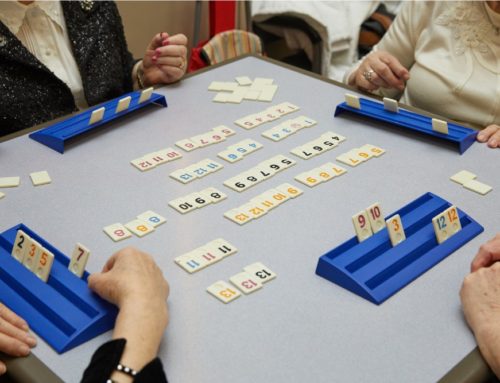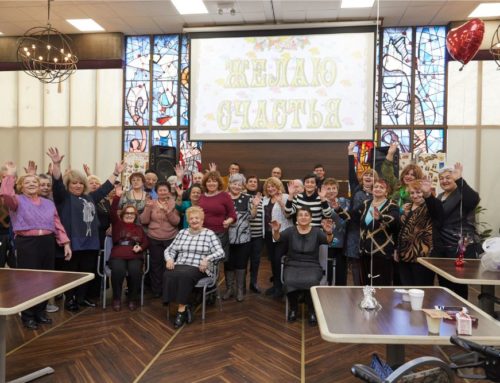Realities of Wheelchair Users: Challenges and Solutions
The devices used by those with disabilities are designed to make their lives easier. Unfortunately, using a wheelchair creates challenges that able-bodied people don’t face. Poor quality equipment, discrimination, and isolation are only a few of the concerns wheelchair users face.
Whether you need your wheelchair full-time or part-time, some therapies may make its use more comfortable. Physical therapy restores muscle strength and mobility. Occupational therapy increases motor skills and home safety for easier maneuvering. Counseling, emotional support, and education are also vital rehab options to improve your well-being and outlook.
In addition to medical care and rehabilitation therapies, therapeutic recreational activities, such as group discussions, board games, arts and crafts, music sessions as well as light exercise classes can play a powerful role in improving quality of life.

Main Challenges Wheelchair Users Face
Navigating the world isn’t easy for those in wheelchairs. Uneven terrain, public transport, inclement weather, and various social barriers are daily challenges they face. However, a few concerns are more common in those requiring assistive devices, which we’ll discuss in the following sections.
Equipment Quality and Maintenance
Wheelchairs have come a long way over the last few decades. They are lightweight, motorized, and easier to maneuver. Unfortunately, not everyone can afford such high-end equipment. Instead, they purchase refurbished or donated models, some of which contain poor-quality parts.
Studies also show that maintaining wheelchairs is another challenge. Weather exposure, rugged terrain, rough handling, and poor designs stress even quality machines. Scheduled servicing would prevent the worst of the damage, but finding qualified professionals isn’t always easy. These technicians are limited, as is user training, making frequent maintenance almost impossible.
Pressure Sores and Fatigue
A common challenge among wheelchair users is restricted circulation, resulting in tissue breakdown and pressure sores. Sitting in a wheelchair for prolonged periods often causes these injuries. Those with diabetes or other chronic illnesses see frequent pressure sores, requiring constant monitoring to prevent them.
Fatigue is also common among those in wheelchairs, particularly in those without proper lumbar support. According to recent studies, hunched or forward sitting alters lumbar and pelvic positioning, causing waist discomfort and fatigue. The arm, shoulder, chest, and back also tire from propelling the wheelchair. When fatigued, movement becomes imbalanced, increasing exhaustion and risking stiffness or injury.
Social Isolation and Discrimination
Recent evidence states that loneliness and social isolation are prominent in those with disabilities. These numbers are significantly higher in younger people who live alone and have limited economic or environmental assets. Increased isolation reduces overall well-being, including reduced happiness, life satisfaction, and sense of worth.
Part of the isolation challenge wheelchair users face may result from discrimination. Studies show that even modestly qualified able-bodied individuals received a more favorable response in job applications than those with disabilities. Discrimination is also prominent in school or social environments, preventing wheelchair users from succeeding alongside their peers.
Reduced Independence
Everyone loses some independence when in a wheelchair, even if it’s only temporary or part-time. You can’t grab things out of reach without assistance. Maneuvering your wheelchair is also difficult, especially over rough terrain or icy or snowy areas.
The more passive you are in your wheelchair, the more of a challenge it is to maintain any independence. Able-bodied people may even see you as more of an object than a person, pushing you around as they see fit.
Living with a wheelchair presents physical, emotional, and social challenges, but many of these can be eased through supportive environments and thoughtful resources. Consider attending recreation and fun activities more. They would help foster a sense of community, stimulate mental well-being, and provide a creative outlet for expression and joy. With more inclusive planning, compassionate support, and accessible programs, wheelchair users can experience not only improved mobility but also meaningful connection, confidence, and independence.
Resources:
- PMC, Sept. 8, 2017, Developing product quality standards for wheelchairs used in less-resourced environments
https://pmc.ncbi.nlm.nih.gov/articles/PMC5594264/ - Johns Hopkins Medicine, Pressure Injuries
https://www.hopkinsmedicine.org/health/conditions-and-diseases/pressure-injuries - Frontiers, March 14, 2024, Improving wheelchair user sitting posture to alleviate lumbar fatigue: a study utilizing sEMG pressure sensors
https://www.frontiersin.org/journals/neuroscience/articles/10.3389/fnins.2024.1380150/full - PubMed, Oct. 15, 2021, The Effect of Fatigue on Wheelchair Users’ Upper Limb Muscle Coordination Patterns in Time-Frequency and Principal Component Analysis
https://pubmed.ncbi.nlm.nih.gov/34633931/ - PMC, Aug. 5, 2020, Loneliness, social support, social isolation and wellbeing among working age adults with and without disability: Cross-sectional study
https://pmc.ncbi.nlm.nih.gov/articles/PMC7403030/ - PubMed, Oct. 1992, Discrimination towards disabled people seeking employment
https://pubmed.ncbi.nlm.nih.gov/1411702/ - PMC, Nov. 6, 2022, Being wheelchair-bound and being bedridden; Two concept analyses
https://pmc.ncbi.nlm.nih.gov/articles/PMC10006658/
This article is for educational and informational purpose only and does not substitute for professional medical advice. For any questions about your own health condition, speak to a qualified physician or healthcare provider.







Leave A Comment